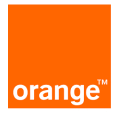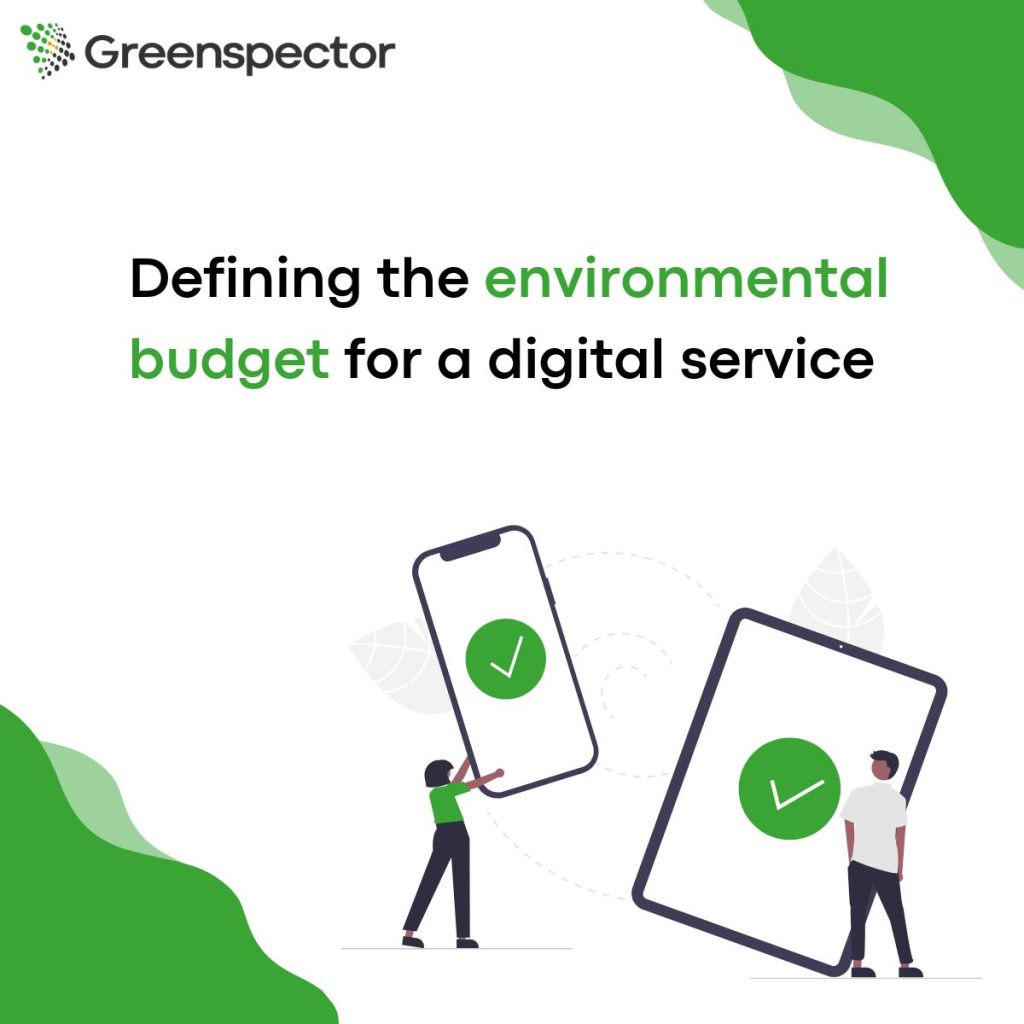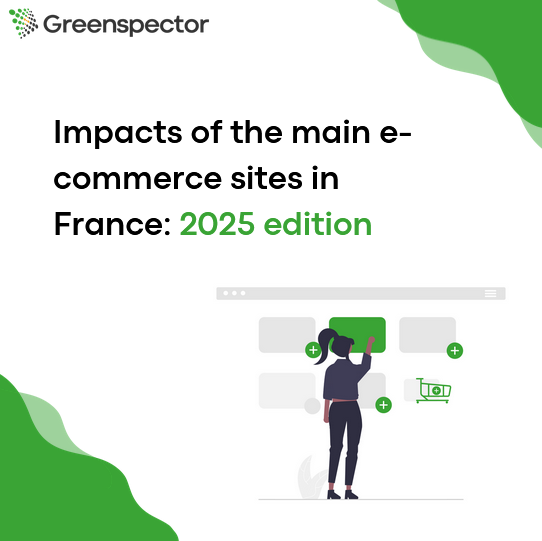SaaS solution to validate the sobriety and performance of your digital services.
Measure, understand, improve!
Run your tests on our test bench terminals, learn how your application behaves in different conditions by observing its energy consumption… Discover a new dimension of software quality.
The consumption measured during your tests is converted into environmental impacts using our exclusive model. Multi-criteria, finely configurable, with propagation of uncertainties, it comes from our R&D.
Switch to DevGreenOps! Greenspector Studio integrates seamlessly into your CI/CD. Check your ecoscore and impacts before each release, or after each build. Use our APIs.
A complete suite with many modules to fully manage your automated tests remotely, analyze the results, manage your impacts, and more.
Describe your users’ journey in GDSL scripts, simply and quickly. Run the test manually or program it from your CI/CD.
Your test takes place on the terminals of our Test Bench under the conditions you have chosen according to your test strategy (range of terminals, WiFi or GSM network, etc.).
Ecoscore, environmental impacts… View your results in the web interface, or use our APIs to extract key indicators and integrate them into your dashboard. Identify areas for improvement!
Our innovations are the result of our R&D. Our contribution to scientific work has been presented in numerous articles and international conferences.
Our impact model is compatible with industry standards: LCA (ISO 14040), SCI from the Green Software Foundation, RCP ADEME, etc.










With Greenspector Studio we measure the energy efficiency of our application, used by 7 million customers every month, after each Build. This enables us to reduce our carbon footprint, improve our performance and strengthen our brand image.

François LANKAR
Applications Manager, Bouygues Telecom
Working on sobriety clearly makes for a better performing application.

Julien AZRIA
Digital Front Chapter Leader, Crédit Agricole Technologie & Services
With Greenspector Studio, testers can guide developers by identifying regressions or undesirable effects of a modification.

Florence GUERLAIS
Manager, Test & QA Center of Expertise, Air France